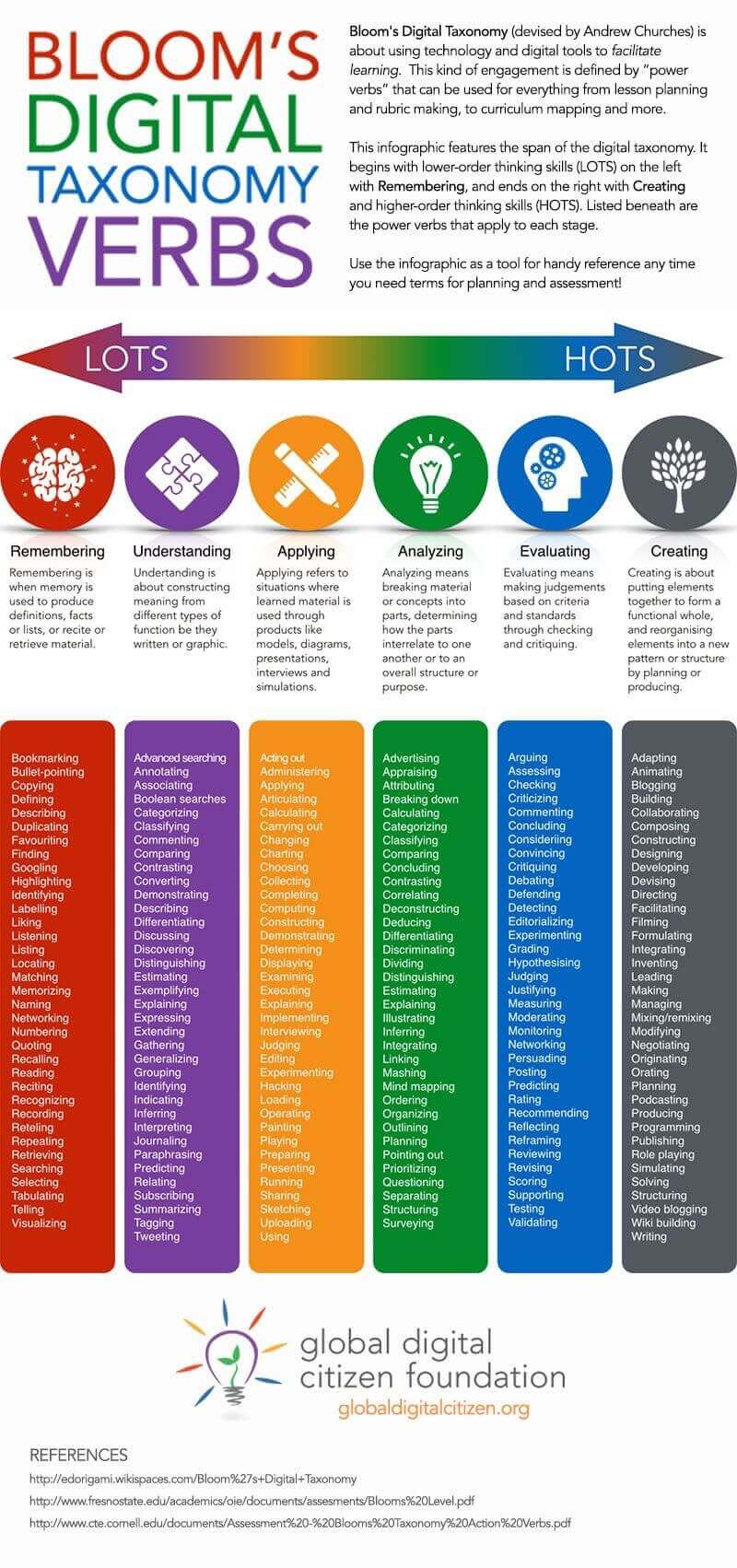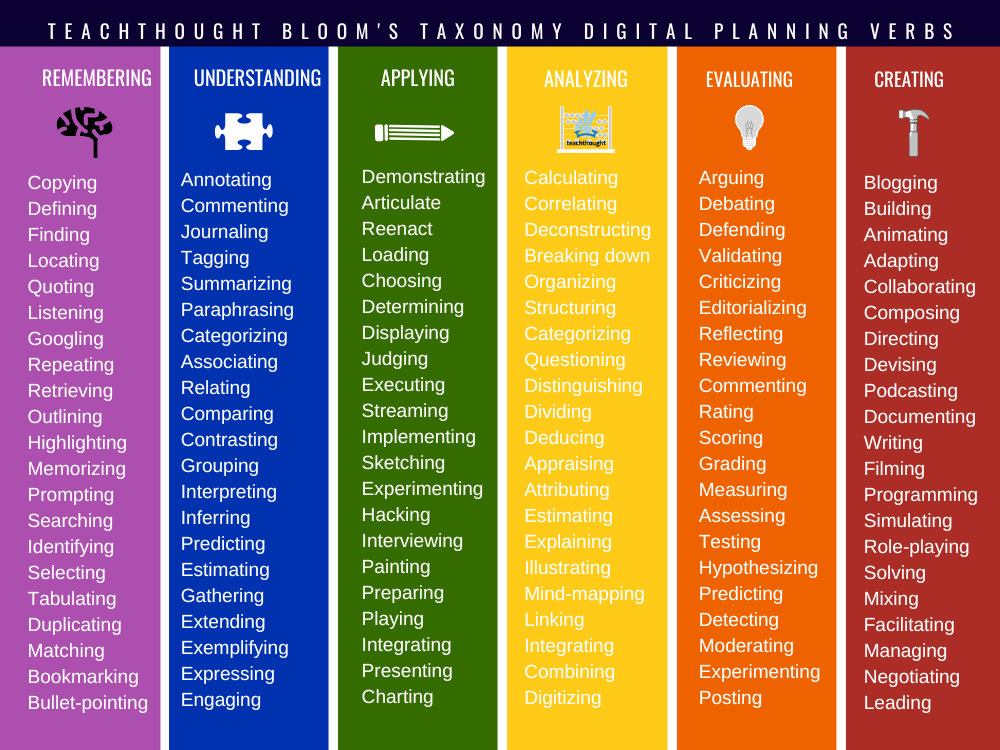We moved this resource
Bloom’s Digital Taxonomy Verbs now lives inside our main guide:
Go to Digital Verbs Quick Reference →
You’ll be sent there automatically. If not, use the button above.
Why the change? We consolidated “digital verbs” into the primary Bloom’s Digital Taxonomy page to reduce duplication, strengthen accuracy, and include AI-aware examples in one place.

